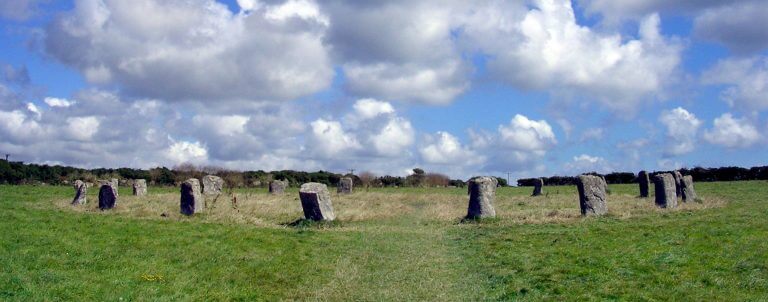Looe Island, also known as St George’s Island, is a serene and enchanting island located just off the coast of Looe in Cornwall, UK.
This hidden gem is a haven for wildlife enthusiasts, history buffs, and those seeking a tranquil escape from the mainland’s hustle and bustle.
Managed by the Cornwall Wildlife Trust, the island offers a unique opportunity to explore its diverse habitats, rich history, and stunning coastal scenery.
Discovering Looe Island
Spanning just 22.5 acres, Looe Island has a fascinating history that includes tales of monks, smugglers, and pirates.
Today, it’s a protected nature reserve, home to a rich variety of plants, birds, and marine life. With its mild climate and the surrounding clean waters, the island provides an ideal environment for both resident and migratory species.
Highlights of Looe Island
Wildlife: The island’s varied habitats support a wide range of species, from grey seals basking on the rocks to an array of birdlife including oystercatchers and cormorants.
Guided Walks: Explore the island’s natural beauty and learn about its history and wildlife through guided walks led by knowledgeable Cornwall Wildlife Trust wardens.
The Old Benedictine Chapel: Discover the remains of a 12th-century Benedictine chapel, a reminder of the island’s spiritual past.
Viking Stone: See the ancient Viking stone near the chapel, believed to date back to the 9th century.
Planning Your Visit
Getting There
Access to Looe Island is via a small boat from the mainland.
The boat trip is weather-dependent and usually operates from Easter to September.
Tickets for the boat and permission to land on the island can be obtained from the Cornwall Wildlife Trust or the boat operators in Looe.
Opening Times and Admission
Visiting times and access to Looe Island are carefully managed to protect its delicate ecosystems.
Visitors are usually welcomed from spring to early autumn, with specific dates and times depending on the season and weather conditions.
It’s essential to check with the Cornwall Wildlife Trust for the latest visiting information and to book your trip in advance.
What to Expect
Conservation First: As a nature reserve, conservation is the priority. Visitors are asked to stick to marked paths and follow guidelines to ensure minimal impact on the island’s wildlife and habitats.
No Facilities: There are no shops or cafes on the island, so bring water and any snacks you might need. Remember to take your rubbish back to the mainland.
Rugged Terrain: The island’s paths can be uneven and steep in places, so wear sturdy footwear and be prepared for a bit of a trek.
Maximising Your Experience
Pack Wisely: Bring binoculars for birdwatching, a camera for the spectacular views, and sun protection for sunny days.
Check the Tides: Boat trips to and from the island are dependent on the tides. Ensure you’re aware of the times to avoid getting stranded.
Respect the Wildlife: Keep a respectful distance from any seals or birds, especially during breeding seasons.
Nearby Attractions
Looe: Before or after your island adventure, explore the charming town of Looe. Its bustling harbour, sandy beach, and narrow streets lined with shops and eateries offer plenty to see and do.
The South West Coast Path: Take a hike along this iconic trail, which offers stunning views of the Cornish coastline and passes through Looe.
Polperro: A short drive from Looe, this picturesque fishing village is well worth a visit for its quaint harbour, art galleries, and smuggling history.
Conclusion
Looe Island is a Cornish treasure, offering a unique blend of natural beauty, wildlife, and history.
Its status as a nature reserve means that visits are a privilege – an opportunity to step into a different world, where nature takes centre stage.
Whether you’re a wildlife enthusiast, a history lover, or simply in search of peace and beauty, a trip to Looe Island promises an unforgettable experience amidst the stunning landscape of Cornwall.




